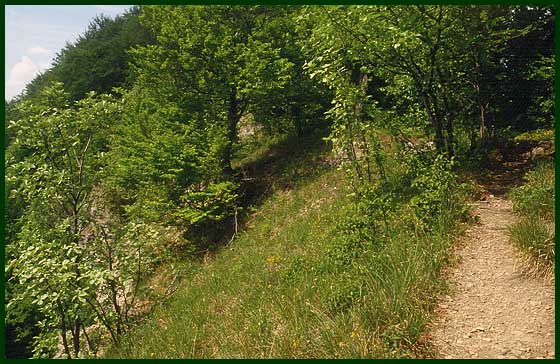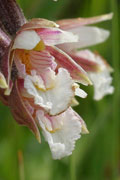Study sites
The interaction patterns between plants and pollinators found at the level of the community are largely influenced by the community type and the geographic region of the study sites. However, there should exist general patterns, independent of the abiotical conditions, the specific history of the site or the unique species composition. Because I am interested in general patterns, the study of different communities types in different geographic regions allows me to get a better idea of the factors that determine the general structure of plant - pollinator interaction networks.
Rocky Mountains (Colorado) - Garigue (Spain) - Coastal sand dunes (The Netherlands) - Alpine communities (Austria) - Xerothermic vegetation (Germany)
Rocky Mountains (Colorado)
Body size, visitation frequency and the structure of pollination networks
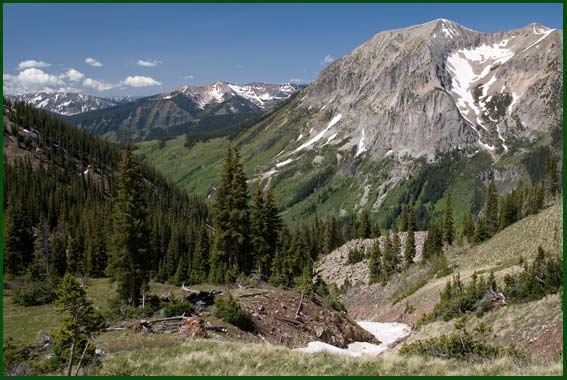
Garigue (Spain, Alicante)
Specialization and generalization in a plant - flower visitor web of a Mediterranean garigue vegetation: Size constraints, flower abundance and number of flower visitor species
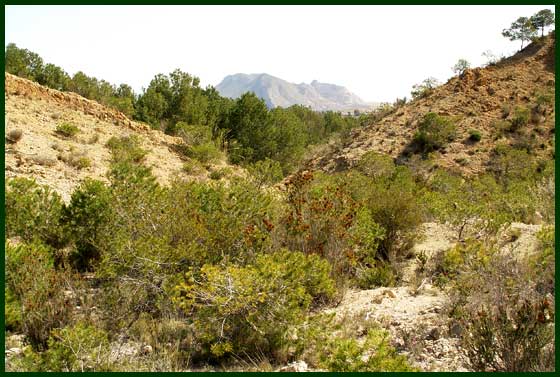
Coastal sand dunes (The Netherlands)
Pollination ecology of sand dune and dune slack communities: species diversity, flowering phenology and flower types along an environmental gradient
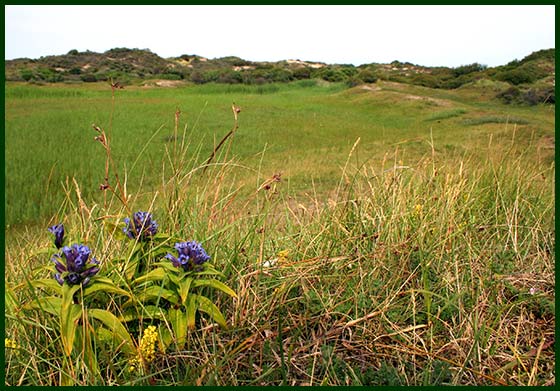
Alpine communities (Austria, Hohe Tauern)
Morphological diversity of insect pollinated flowers in the Hohe Tauern National Park (2 weeks of field work with Werner Kreisch)
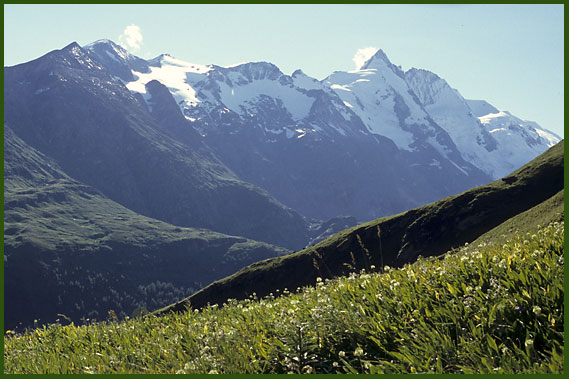
Xerothermic vegetation (Germany)
Pollination ecology of xerothermic vegetation complexes on limestone slopes: flowering phenology and flower morphology of entomophilic plant species (Hessen, Schwäbische Alb, Fränkische Alb)
